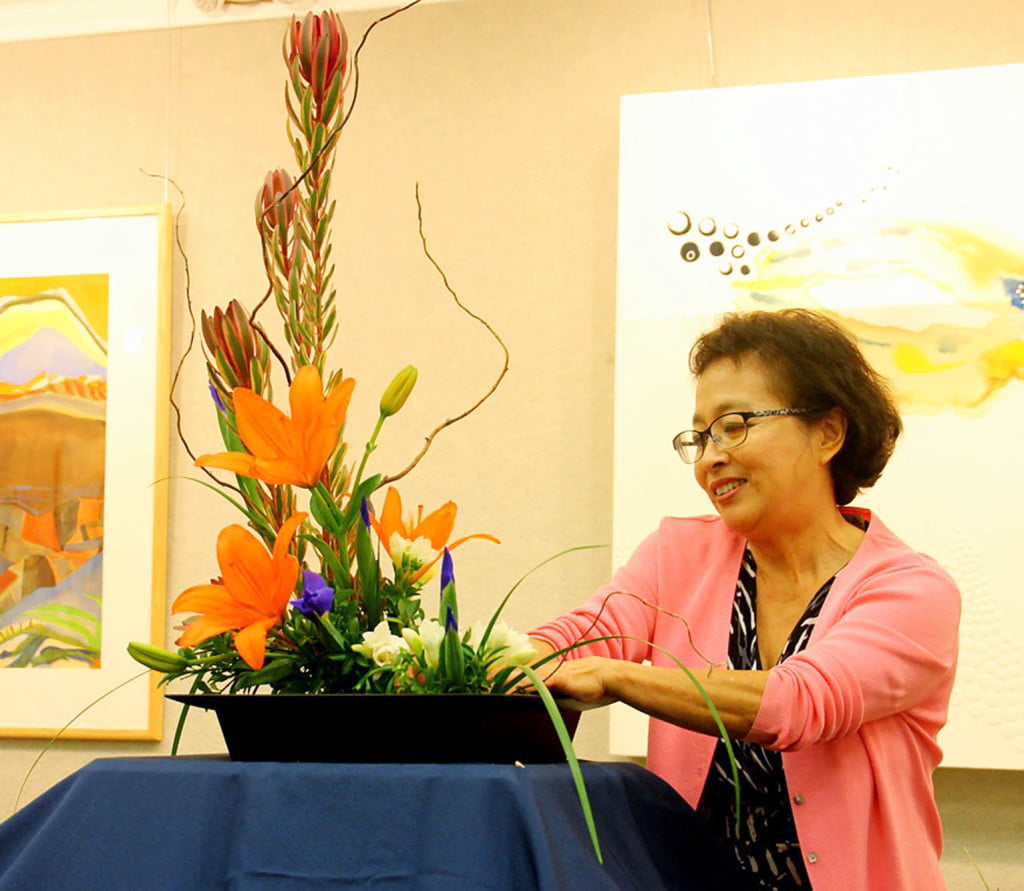Riverhead Design Labs, helmed by Riverhead art director and 2015 PW Star Watch Superstar Helen Yentus, is an interdepartmental operation made up of the publisher’s art department and a rotating cast of Riverhead employees including publicists, marketers, editors, and publisher Geoffrey Kloske himself. Part traditional art department and part research and development group, the pseudo-department operates at an experimental junction where art, books, and marketing meet.
“I think what’s a little bit different about Riverhead in general is there is a lot of blurring of lines,” Yentus said. “There aren’t the kinds of boundaries of the structure of a regular imprint. In fact, this is the only place I’ve ever worked where those boundaries have been actively blurred. We’re actively seeking to cross-pollinate.”
Yentus and her fellow art department employees, Ben Denzer, Grace Han, and Rachel Willey, handle the visuals. In addition to designing covers for approximately 36 books per year, the artists work closely with marketing director Kate Stark and publicity director Jynne Martin, as well as outside artists brought in as collaborators on different projects. Past collaborations include a 3-D-printed edition of Chang-Rae Lee’s On Such a Full Sea with Makerbot Studios; unique watercolor covers for a special-edition 250-copy printing of Elizabeth Gilbert’s Big Magic painted by Lourdes Sanchez; 3-D-printed author heads made in collaboration with French company LeBlox; and a special-edition cover for Junot Díaz’s This Is How You Lose Her drawn by Love and Rockets artist Jaime Hernandez.
“We are the visual leg of [Riverhead], but there’s so many ideas being thrown back and forth,” Yentus said. “That’s what prompts the things readers aren’t used to seeing—like the pins.”
The pins—eight lapel pins in a set, each representing one of Riverhead’s fall 2016 titles—are the Design Labs’ idea of a traditional print catalogue. Yentus is adamantly against calling them swag, insisting that they are, as are all of the Labs’ works, designed to get people interested in the books themselves.
But no matter the form the art takes, Yentus says the emphasis is always on using experimentation in art to “tell a greater story.”
[Source:-PW]





